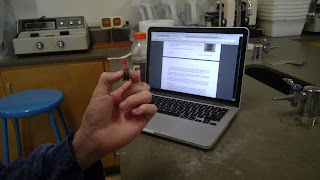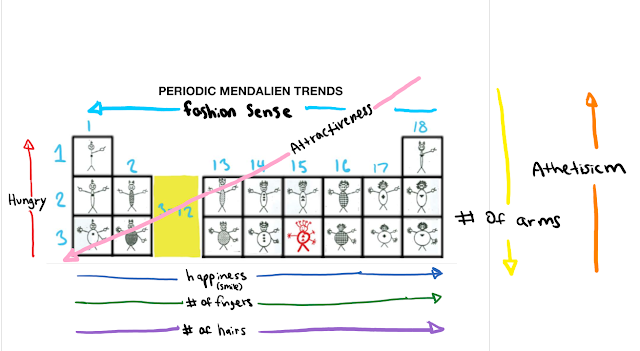Pressure in Popcorn Lab
1-4) calculations, conversions, and formulas used are all listed above. found our total pressure was 21.3 atmospheres. initial mass was .0033 mole of H2O. 5. The atmospheric pressure we receive daily throughout our lives is constantly around us while the pressure of the water vapor in the kernel was trying to escape and the pressure on the kernel eventually could not endure any more and became popcorn 6. I believe not all the kernels popped due to differences in the amount of water in the kernel, the more the water the easier it was to pop but the kernels with less water had a harder time to pop 7.A potential error for this lab could be the exact temperature at which the kernels popped because if kernels pop at different times there can be differences in temperature.




